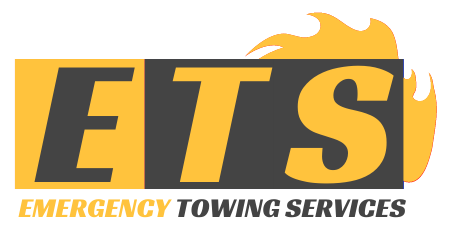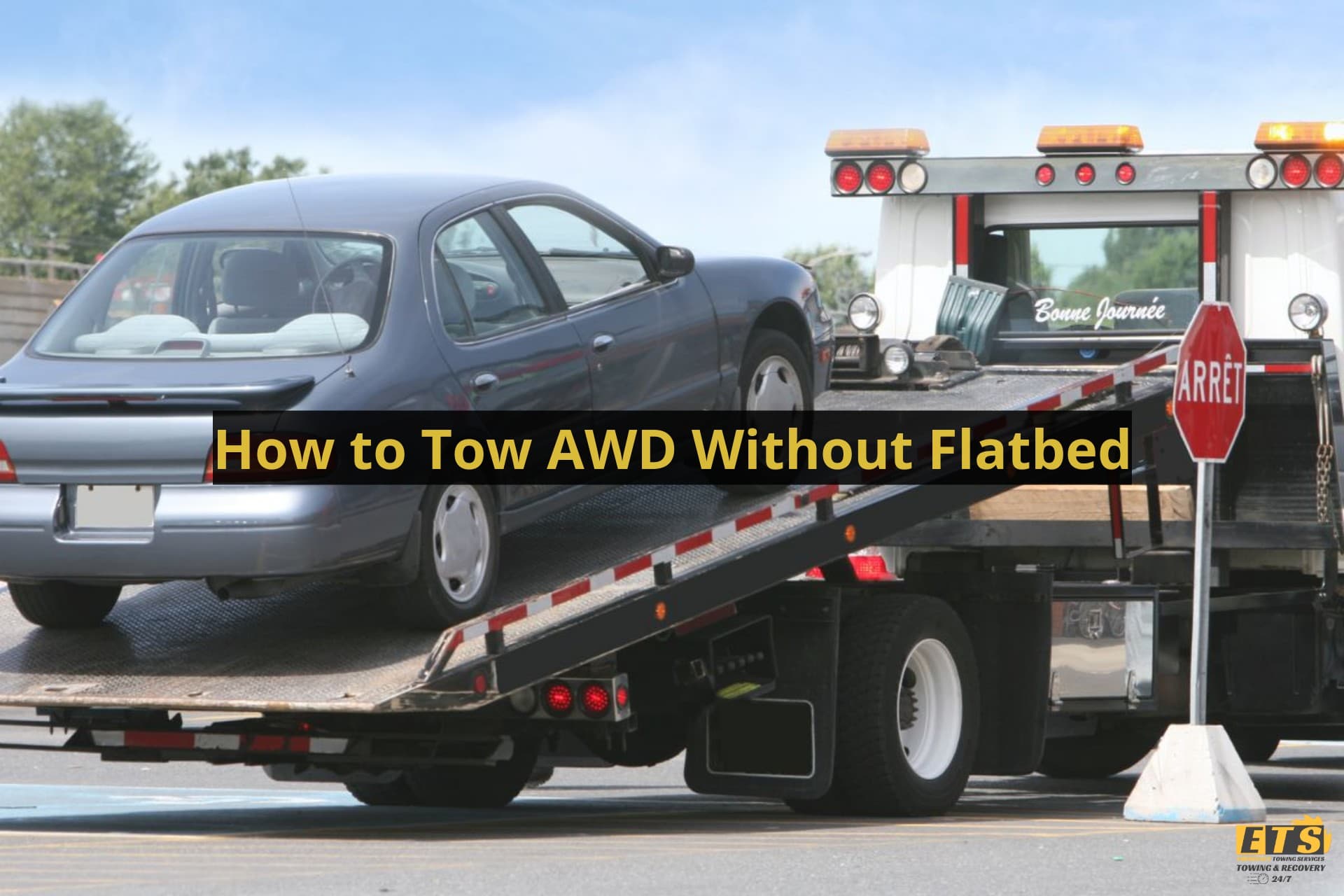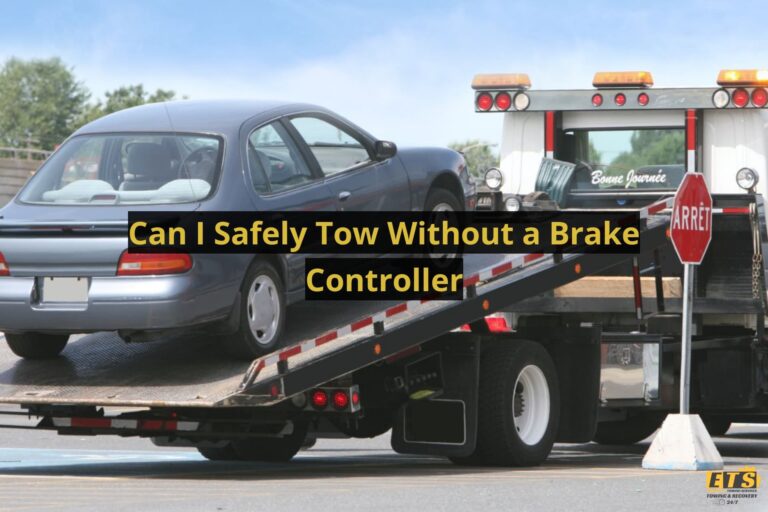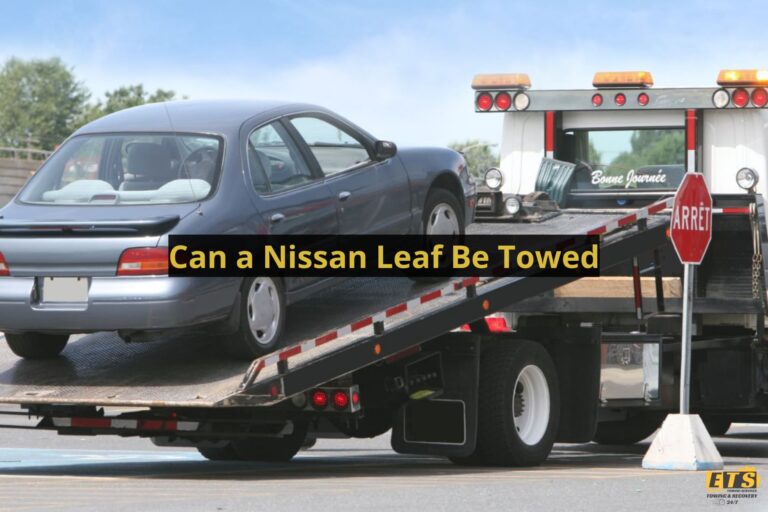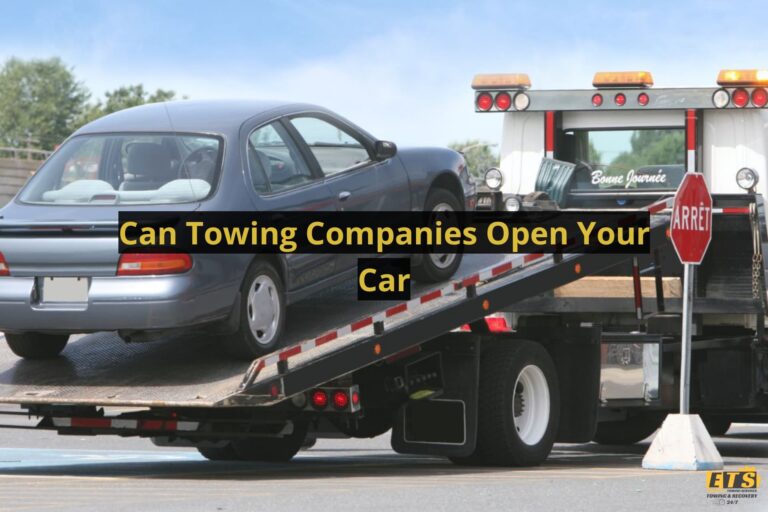How To Tow Awd Without Flatbed
The information presented in this article is provided for general informational purposes only, and may not reflect the current laws or legal developments. This article does not constitute legal advice, and the reader should not act on the information contained in this article without first seeking professional counsel. We make no guarantees about the accuracy, completeness, or adequacy of the information contained in this article. The reader assumes all risks and liabilities associated with any actions taken as a result of reading this article. To obtain legal advice on your specific matter, please contact a qualified legal professional.
When it comes to towing a vehicle with all-wheel drive (AWD), many people assume that flatbed towing is the only option. However, not everyone has access to a flatbed tow truck or wants to pay for one.
Luckily, there are ways to safely tow an AWD vehicle without using a flatbed. First and foremost, it’s important to understand the potential risks of towing an AWD vehicle incorrectly. If done improperly, towing can cause damage to the drivetrain and transmission system.
That being said, by following proper techniques and taking necessary precautions, you can successfully tow your AWD vehicle without having to rely on a flatbed tow truck. In this article, we will go over some tips and guidelines for how to do just that.
Understanding Awd Systems
AWD (all-wheel drive) refers to a drivetrain that delivers power to all four wheels. Unlike FWD (front-wheel drive) or RWD (rear-wheel drive), which only send torque to two wheels, AWD systems provide better traction and stability on slippery surfaces. They are especially useful in harsh weather conditions such as rain, snow, or ice.
AWD systems come in different types, but they all work by distributing the engine’s power between the front and rear axles. Some AWD setups use a center differential that splits the torque evenly between both ends of the car. Other designs rely on electronic sensors and advanced software to adjust the torque distribution based on driving conditions.
In any case, AWD vehicles offer improved handling and acceleration compared to their 2WD counterparts.
When it comes to towing an AWD vehicle without a flatbed, there are some important considerations to keep in mind. One of them is that traditional tow trucks can damage the drivetrain if not used properly. That’s because lifting one end of an AWD car off the ground while leaving the other end rolling could cause uneven wear and tear on its mechanical components.
It is best to consult with an expert before proceeding with any non-flatbed towing options for your AWD vehicle.
Identifying Awd Towing Risks
AWD towing safety should be taken seriously to avoid damaging the vehicle’s drivetrain.
One of the most common mistakes when towing an AWD car is by lifting only one end of the vehicle. This can cause torque binding, which happens when the wheels on one axle rotate faster than those on another.
To avoid this problem, it’s recommended to use a flatbed tow truck or a dolly that lifts all four wheels off the ground. However, if using a dolly, make sure to disconnect the driveshaft first and secure it properly.
Another risk factor in AWD towing is exceeding the maximum weight capacity of both your vehicle and trailer. Overloading can damage your vehicle’s suspension system or even cause accidents.
Always check your owner’s manual for weight limits before attaching anything to your car. By following these simple tips, you can ensure safe and successful AWD towing without needing a flatbed tow truck.
Preparing Your Vehicle For Towing
Now that we’ve identified the potential risks of towing an AWD vehicle, let’s move on to preparing your vehicle for safe and effective towing.
Before you can begin, it’s important to understand the limitations of AWD towing. Not all vehicles are designed for towing, especially those with AWD systems. It’s crucial to consult your owner’s manual or a trusted mechanic before attempting any kind of tow.
Once you’ve confirmed that your vehicle is suitable for towing, it’s time to consider weight distribution. This is particularly important when dealing with an AWD vehicle as improper weight distribution can cause damage to the transmission and other components.
To ensure proper weight distribution, make sure that the tongue weight (the amount of force exerted on the hitch ball by the trailer coupler) falls within 10-15% of the total trailer weight.
To tow an AWD vehicle without a flatbed, there are a few options available. One popular method involves using a tow dolly which lifts only two wheels off the ground while allowing the other two to roll freely. Another option is using a tow bar which connects directly from your RV or truck to your car’s frame.
Whichever method you choose, be sure to follow all safety guidelines and take extra precautions when dealing with an AWD system. With careful preparation and attention to detail, you can safely tow your AWD vehicle without needing a flatbed.
Choosing The Right Towing Equipment
When it comes to towing an AWD vehicle, choosing the right towing equipment is crucial. Without a flatbed tow truck, there are other options available that will get the job done safely and effectively.
Firstly, make sure to check your vehicle’s towing weight limits before selecting any equipment. Exceeding these limits can result in damage to both your car and the equipment being used for towing. It’s important to take into account not only the weight of your AWD vehicle but also any additional cargo or passengers you may be carrying.
Next, consider hitch ball sizes when selecting a trailer hitch. The size of the ball should match the size of the coupler on the trailer being towed. Using a mismatched coupling can cause dangerous instability during transit.
To further ensure safe transportation, here are some additional tips:
- Use safety chains or cables as secondary attachments between your vehicle and whatever you’re towing
- Check tire pressure on all vehicles involved in transport
- Drive at moderate speeds with caution while towing
- Avoid sudden stops or sharp turns
By following these guidelines and choosing appropriate equipment, you can successfully tow your AWD without needing a flatbed tow truck.
Properly Attaching The Tow Straps
Now that you have your tow straps, the next important step is to properly attach them to avoid any damage. The first thing you need to do is make sure that both vehicles are in park and turned off. This will prevent any accidents while attaching the straps.
Once you’ve made sure of this, place one end of the strap on a secure towing point on the disabled vehicle. Then, attach the other end onto an appropriate spot on the towing vehicle. Make sure that there’s enough tension in the tow strap so that it won’t come loose during transport but not too much tension that it damages either vehicle.
To ensure proper tow strap tension and avoiding damage, refer to this table:
| Vehicle Type | Tow Strap Tension |
|---|---|
| Cars | 2000-3000 lbs |
| SUVs/Trucks | 5000-6000 lbs |
| Heavy-duty | 10,000+ lbs |
Following these guidelines will help prevent any damage from happening as well as ensuring smooth transportation for your AWD vehicle without a flatbed. Remember to monitor the straps throughout transport and never exceed their recommended weight capacity.
Towing In A Straight Line
When towing an AWD vehicle without a flatbed, it is important to know how to tow in a straight line. This means keeping the towed vehicle directly behind the towing vehicle while maintaining safe and appropriate speeds.
One key factor when towing an AWD vehicle is the angle at which it is being pulled. It is recommended to keep the angle as close to straight as possible, ideally within 15 degrees of perfectly straight. This helps prevent damage to both vehicles and ensures that the tires on the towed vehicle wear evenly during transportation.
In emergency situations where you need to tow an AWD car without a flatbed, always exercise caution and prioritize safety. If you are unsure about your ability or experience with towing, it may be best to call for professional assistance instead.
Braking And Turning Safely
Braking and turning safely while towing an all-wheel-drive vehicle can be tricky, but it’s essential to avoid any accidents.
Maintaining a steady speed is crucial when driving with a towed car behind you.
Sudden stops or movements may cause the trailer to sway, which could lead to losing control of your vehicle.
To maintain safe braking distance, it’s important to adjust your speed accordingly.
The weight of the car being towed will affect how quickly you can brake, so give yourself plenty of space between cars in front of you.
Avoid tailgating or getting too close to other vehicles on the road.
Turning while towing requires extra care as well.
Always take turns at a slower pace than usual and make sure that you have enough room for both vehicles to complete the turn without hitting anything nearby.
Adjusting your speed and distance from other drivers on the road should keep everyone safe during your journey.
Post-Towing Maintenance Tips
Braking and turning safely is crucial when towing any vehicle, especially one with all-wheel drive (AWD). But let’s say you don’t have access to a flatbed for your AWD vehicle. What are your options? How can you tow it without causing damage?
Firstly, it’s important to know that towing an AWD vehicle with only two wheels on the ground can cause serious damage to the drivetrain. However, there is a solution: using a dolly. This device lifts the front or rear wheels off the ground while allowing the other set of wheels to roll freely.
Common mistakes in using a dolly include not securing the tires properly, which can lead to them slipping off during transport. It’s also important to ensure that the weight distribution is balanced and that both ends of the dolly are securely attached. Preventing damage requires attention to detail and careful handling.
When using a dolly for towing an AWD vehicle:
- Make sure the tire straps are tight and secure.
- Check that the brakes on the dolly are functional before starting.
- Avoid sudden stops or turns as this could dislodge the tires from their straps.
- Keep within safe speed limits and follow traffic rules at all times.
Professional inspections are always recommended before embarking on long-distance trips involving towing. In addition, DIY maintenance should be carried out regularly so that any potential issues can be identified early on.
With proper care and attention, it’s possible to tow an AWD vehicle without damaging its transmission or drivetrain components.
Remember, using a dolly isn’t foolproof, but following these tips will help minimize risks associated with towing an AWD car by providing stability and balance throughout transit.
So next time you’re faced with having to move an AWD vehicle without access to a flatbed truck, consider renting or purchasing a quality dolly instead!
Conclusion
So, there you have it, folks. A step-by-step guide on how to tow your all-wheel-drive vehicle without a flatbed.
But let me be real with you for a second – if at any point during this process you feel like you’re in over your head, just call a professional. It’s okay to admit that towing may not be your forte.
I mean, sure, maybe you’ve got some experience under your belt and think you can handle it. But do yourself a favor and ask: is the risk of damaging your car really worth trying to save a few bucks?
Sometimes it’s better to leave things to the experts so you can avoid turning what should be an easy towing job into a costly mistake.
